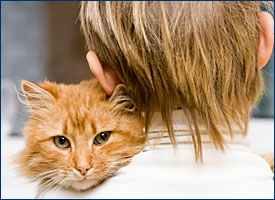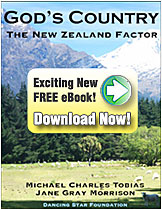Conservation Biology & Animal Rights
Conservation Biology & Animal Rights: One Language
Conservationists and animal rights aficionados should, but do not always speak, the same language. Their focus is the same, but gulfs and debates continue to sunder what should be a unified concern for all life forms, wild or semi-wild. The genetics and phenotypes allegedly defining wild versus domestic are far less relevant than the basic ethical dispositions we should all be thinking about when it comes to passing down a legacy of kindness in general.
 Every creature will die, and the sanctuary movement, those working with shelters and struggling to help the millions of stray dogs and cats and countless other species know only too well the challenges; the deep love of a companion animal (as so sensitively portrayed in the film, “Marley and Me” (2008, directed by David Frankel and starring Owen Wilson, Jennifer Aniston and Eric Dane, based upon author John Grogan’s deeply affecting book by the same title) that is so often met with indifference by communities with other priorities. Yet, and not to wit, a poll some years ago showed that a majority of American women, if forced to make a choice, would take their pet dog over their husband.
Every creature will die, and the sanctuary movement, those working with shelters and struggling to help the millions of stray dogs and cats and countless other species know only too well the challenges; the deep love of a companion animal (as so sensitively portrayed in the film, “Marley and Me” (2008, directed by David Frankel and starring Owen Wilson, Jennifer Aniston and Eric Dane, based upon author John Grogan’s deeply affecting book by the same title) that is so often met with indifference by communities with other priorities. Yet, and not to wit, a poll some years ago showed that a majority of American women, if forced to make a choice, would take their pet dog over their husband.
The question for the animal rights movement is how to ensure a quality of life for all animals during their natural stay here on Earth; to affect legislators, consumers, scientists, habitat managers, multinational corporations, government agencies concerned with Environmental Impact Statements and Biological Opinions, students, people of faith, indigenous communities and world leaders; to inspire and galvanize children and their parents and their parents’ bankers or money managers; their pension fund officers, their colleagues at work, their friends and loved ones with the belief system that every creature is precious, vulnerable and seeking only love.
For conservation biologists the conundrum is no less challenging: how to target good science at policies that will spell the life or death of habitat, exercising informed suasion as a sharp, but tolerant tool for enlightening those that have the possibility of seeing straight, of empathic responses to the complexities of hope.
We must find viable pathways to hope. As Saint Francis and so many others like him said throughout his life, we must learn how to expand the circles of compassion to encompass all living creatures. This is the message of PETA, People for the Ethical Treatment of Animals. This is also the message of the United Nations, of every museum of art; of every Church, Synagogue, and Temple, Mosque and sacred space. This is the Aboriginal Dreamtime; the hope of every child looking up at his or her parents; the innocents of the world.
Yet, as widespread as these injunctions and human traditions are, the conservation conundrum (see Dancing Star Foundation video) — in concert with the full unbridled scope of animal rights — is uncharted territory because our species, relative to most of the likely 100 million or so others, is the newest to enter the mainstream. Tragically, at least so far, we are failing to reach consensus on the sacredness of this planet, our only home; on sound, science and ethic-based methodologies for restoring kindness in the form of a broad, multidisciplinary embrace of all creatures great and small. But we will get there.
Comments Off
